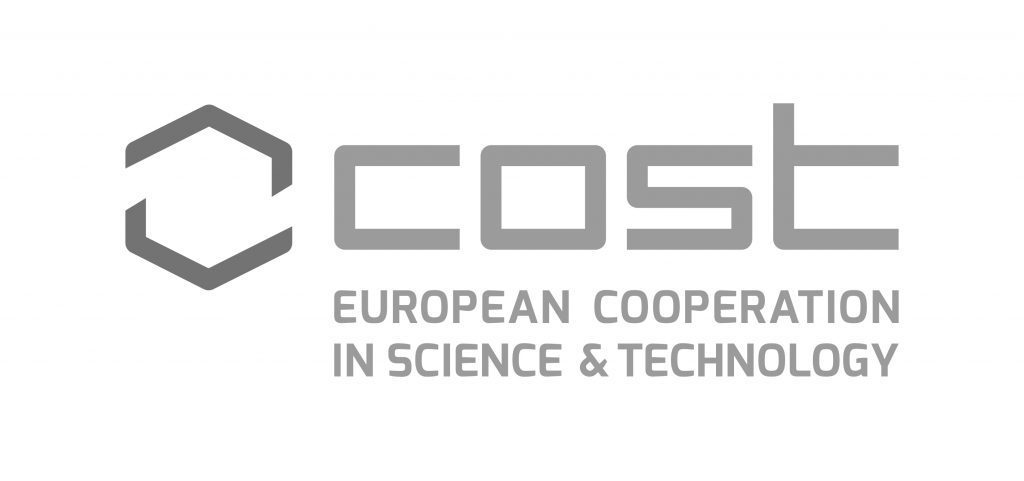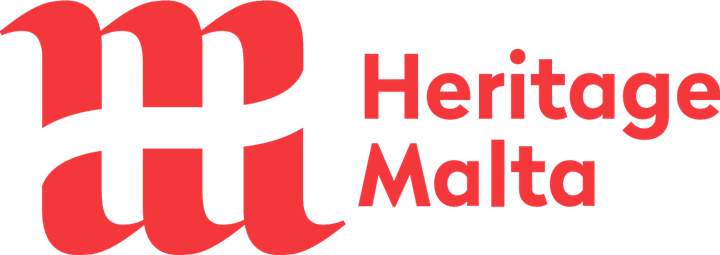The COST Action meeting in Murcia has provided a useful medium to review WG1 tasks. WG1 basically focuses on defining a framework to determine the underlying properties for a UBH, which will enable the researchers to evaluate and classify them. As the initial activity towards this, a survey has been conducted in the first year of the project, to determine competencies within the action and local differences for approaches.
In Murcia meeting, the members elaborated on the UBH classification and the basic properties (i.e., indicators) of UBH. These properties can be very basic tangible features such as the location (coordinates), size and geographical environment, as well as intangible features such as its historical and current use, ownership management and the role in the traditions. Therefore as the next action item, WG1 aims to determine the set of such indicators to describe UBH in general and more specifically, the case studies of CA18110. Another resource that is helpful to describe and evalutea UHB is the ontology models defined for related concepts such as Cultural Heritage. An ontology is a way of representing the properties of a given area through a set of concepts and relationships among the concepts. To this aim, in the Murica meeting, WG1 had a closer look into Heracles Cultural Heritage ontology (Hellmund et. al., 2018). Some of the concepts given in this ontology can be borrowed to define UBH. Furthemore, WG1 can extend its studies to further define relatioships between UBH concepts towards a UBH oriented ontology.
Hellmund, T.; Hertweck, P.; Hilbring, D.; Mossgraber, J.; Alexandrakis, G.; Pouli, P.; Siatou, A.; Padeletti, G. Introducing the HERACLES Ontology—Semantics for
Cultural Heritage Management. Heritage 2018, 1, 377-391.









